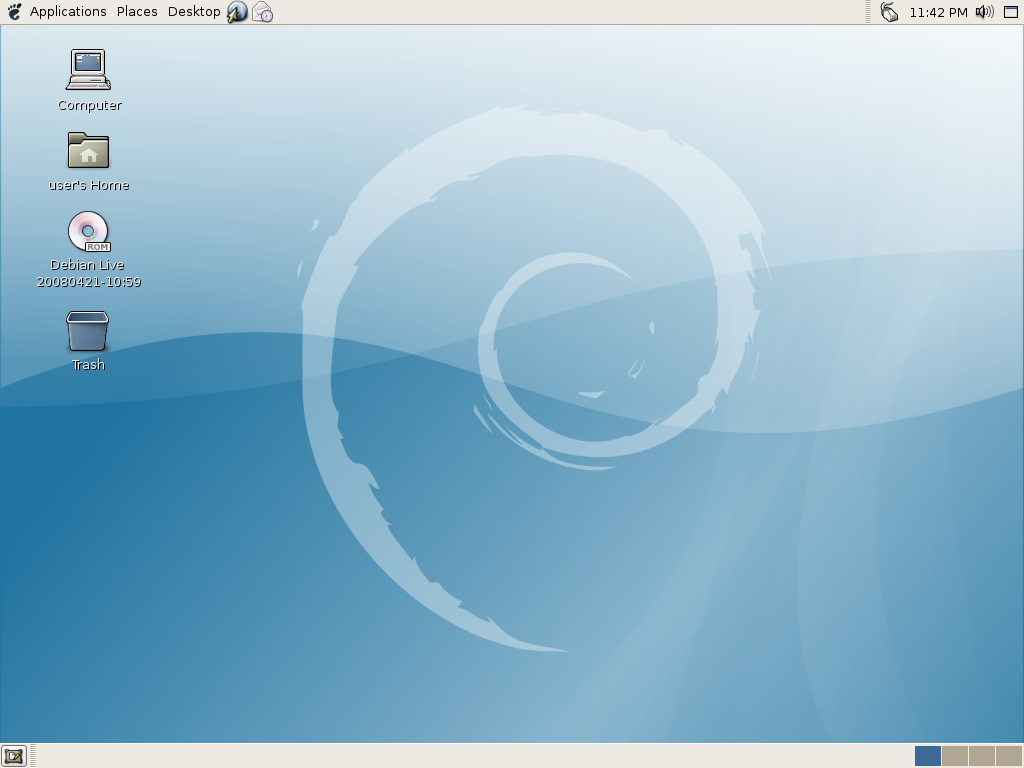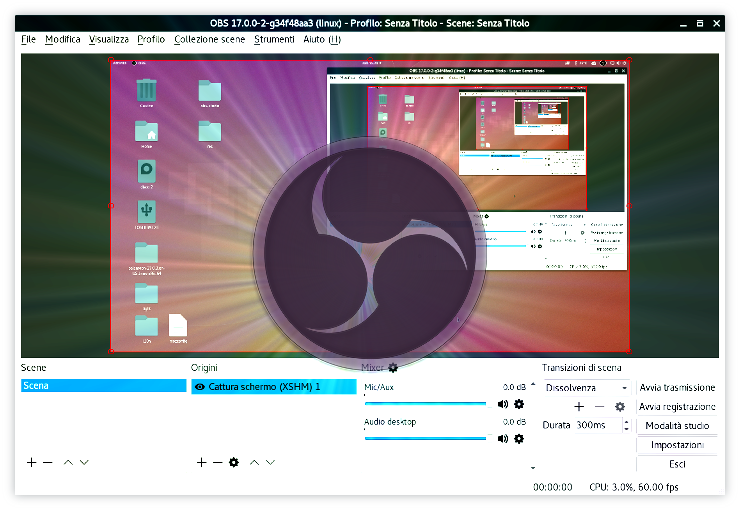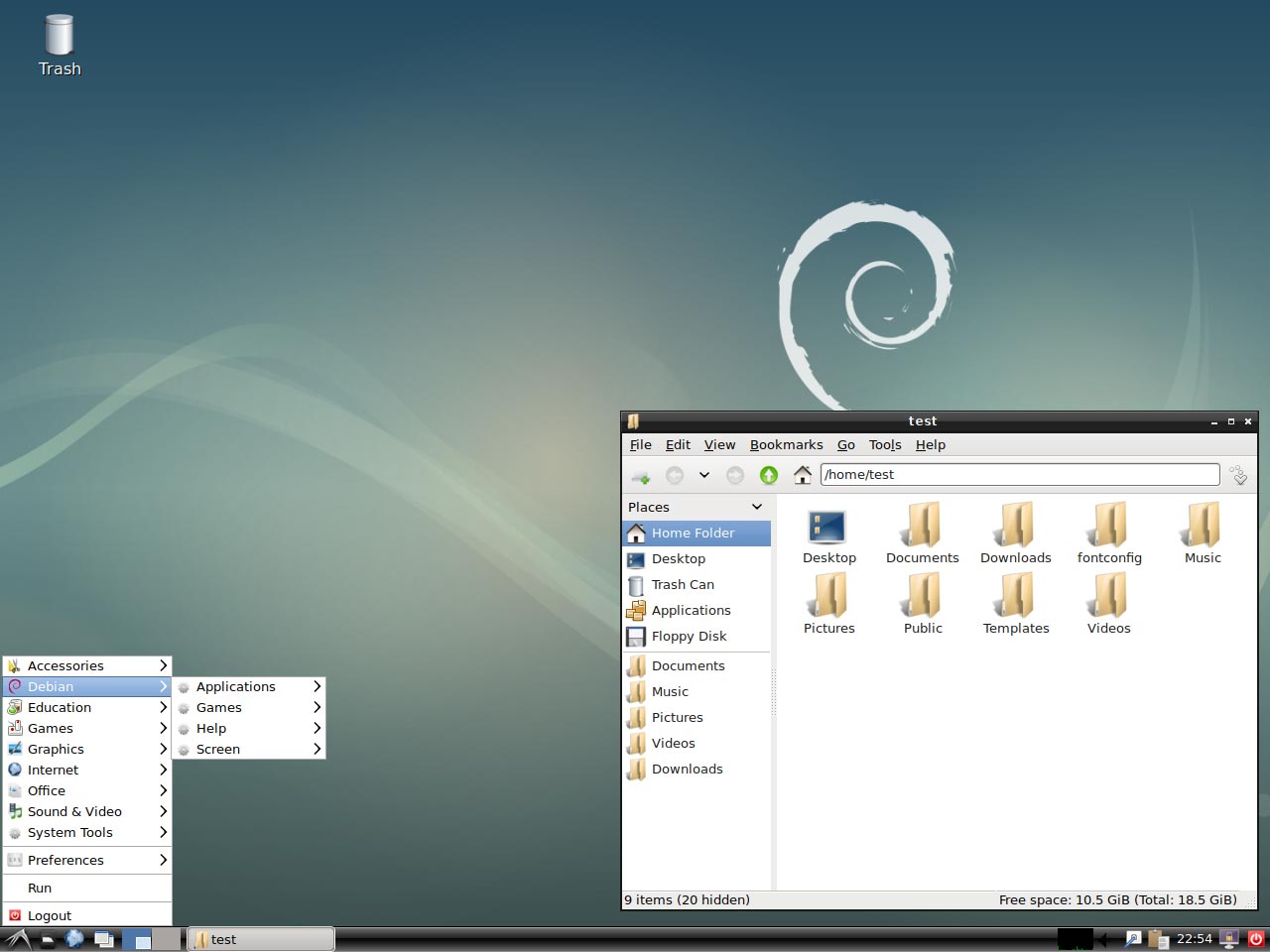


On the next screen, you can select the resolution and frame rate of the video and hit next. If you plan to change your mind later on, then don’t worry, you can always launch this wizard again from the Tools menu. Optimize OBS For Streaming Or Screen Recording Here, we will discuss recording and in the next section, you can see how we can optimize OBS for streaming. When you first launch this application, It will ask you to optimize it for either streaming or recording.

Installing OBS On Fedora Setting up Recording in OBS Sudo dnf install xorg-x11-drv-nvidia-cuda # If you have NVIDIA card on Fedora, then also install CUDA Sudo dnf install $(rpm -E %fedora).noarch.rpm $(rpm -E %fedora).noarch.rpm # On Fedora Workstation, Enable RPM fusion : Sudo apt update & sudo apt install ffmpeg obs-studio Sudo add-apt-repository ppa:obsproject/obs-studio # On Ubuntu, make sure you that you have enabled Multiverse repository, then type :


 0 kommentar(er)
0 kommentar(er)
